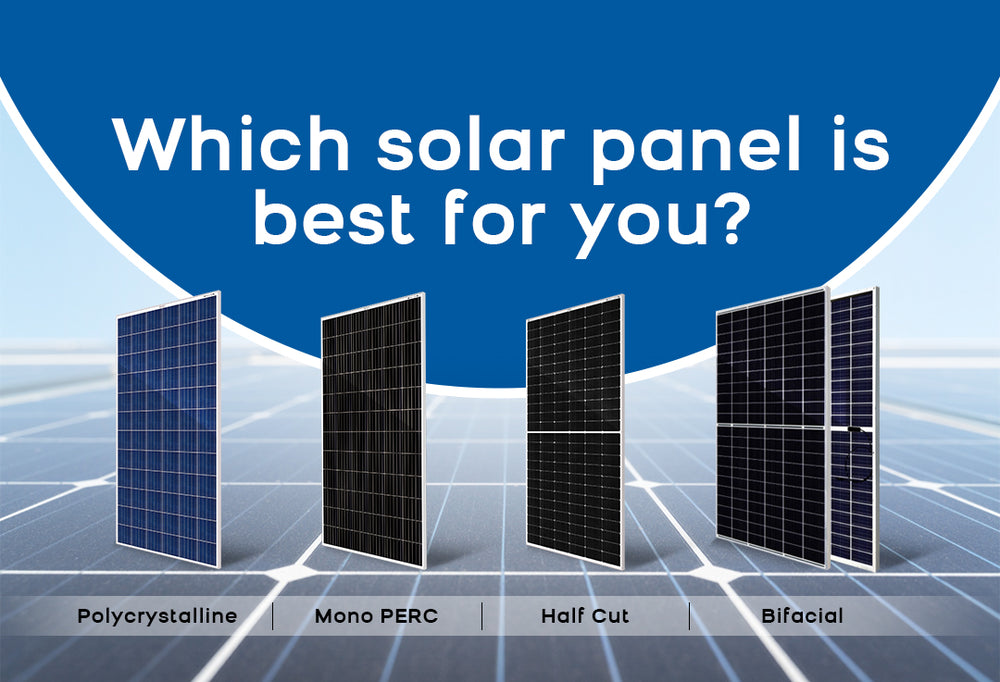The Cost of Solar Energy Compare to other Forms of Energy Generation

The cost of solar energy has been decreasing steadily over the past decade, making it increasingly competitive with other forms of energy generation, particularly fossil fuel-based sources. Several factors contribute to the cost competitiveness of solar energy:
Declining Costs of Solar PV Technology: The cost of solar photovoltaic (PV) technology, which is the most common form of solar energy generation, has declined significantly in recent years. This is driven by economies of scale, technological advancements, improved manufacturing processes, and increased competition in the solar industry. As a result, the cost of solar panels and associated equipment, such as inverters and mounting systems, has dropped substantially.
Levelized Cost of Electricity (LCOE): The levelized cost of electricity (LCOE) is a metric used to compare the lifetime costs of different electricity generation technologies on a consistent basis. Solar energy has seen a dramatic decrease in LCOE, making it cost-competitive with conventional fossil fuel-based sources, such as coal, natural gas, and even some forms of nuclear power, in many regions around the world.
Government Incentives and Policies: Government incentives, such as tax credits, rebates, feed-in tariffs, and renewable energy mandates, have played a significant role in driving down the cost of solar energy and promoting its adoption. These incentives reduce the upfront costs of installing solar energy systems and provide financial incentives for renewable energy generation. Additionally, supportive policies, such as net metering and renewable portfolio standards, have encouraged investment in solar energy projects and facilitated grid integration.
Technological Innovation and Efficiency Improvements: Ongoing technological innovation and efficiency improvements in solar PV technology have led to higher energy conversion efficiencies, longer lifespans, and reduced maintenance costs for solar energy systems. Advances in materials science, manufacturing techniques, and system design have contributed to further cost reductions and performance enhancements in solar energy generation.
Environmental Externalities and Health Benefits: The cost of conventional fossil fuel-based energy generation does not account for the external costs associated with environmental pollution, greenhouse gas emissions, and public health impacts. Solar energy, being a clean and renewable energy source, offers significant environmental and public health benefits, which are not reflected in its direct cost comparison to fossil fuels.
Overall, while the initial investment in solar energy systems may still be higher than traditional fossil fuel-based generation in some cases, the long-term cost competitiveness, along with the environmental and social benefits, make solar energy an increasingly attractive option for meeting energy demands around the world. Continued technological advancements, supportive policies, and market incentives are expected to further drive down the cost of solar energy and accelerate its adoption in the coming years.
Thank you,
